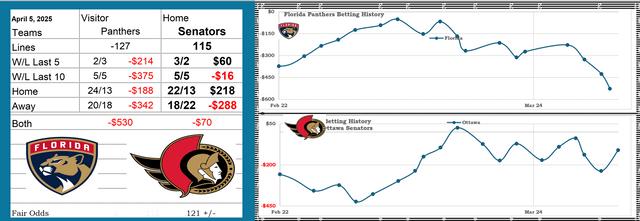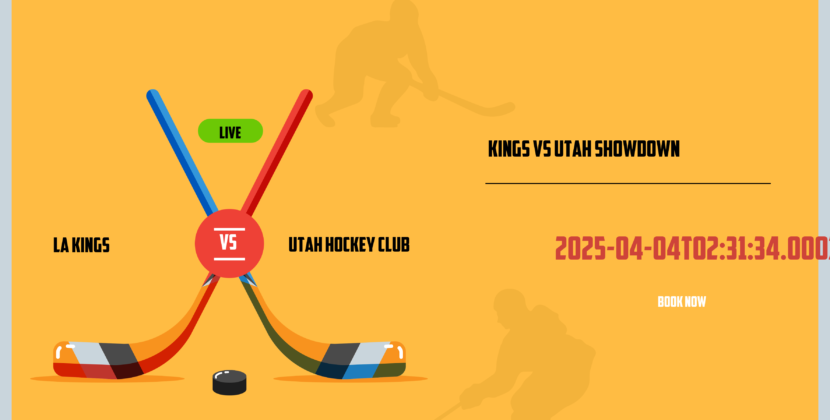
Sure, let’s dive into this topic about the NHL LTIR rules with some casual flair and a touch of clarity. We’re here to break things down like chatting with a friend over coffee.
Understanding NHL LTIR Rules: A Friendly Guide
In the world of hockey, the ins and outs of the NHL LTIR rules can be as complex as a finely-tuned game strategy. But guess what? We’re unraveling these labyrinthine rules, focusing on how they impact teams, players, and fans alike. Don’t worry; we’ve got your back, making it all as breezy as a Sunday afternoon glide on the ice.
Why NHL LTIR Rules Matter
First, let’s get cozy with the basics of NHL LTIR rules. These rules are a game-changer, literally. They give teams some breathing room when a player is out for a while due to injury. Imagine trying to complete a puzzle missing a vital piece—that’s the NHL season without LTIR rules. They allow teams to fill in the gaps while waiting for key players to heal.
The Mechanism Behind LTIR
How Does it Work?
Waiting for your star player to recover can feel like forever. The NHL Long-Term Injured Reserve, or LTIR, kicks in here. If a player’s going to miss at least 10 games or 24 days due to injury, the team can place them under LTIR. By doing this, they get some salary cap relief, like finding loose change in your couch cushions right when you need it.
Salary Cap Implications
Let’s face it; the world of sports finance is like a chess board. NHL LTIR rules are like a special chess piece. They allow temporary salary cap flexibility, enabling teams to call in reinforcements. However, it’s a balancing act—teams can’t use the LTIR as a permanent fix. It’s merely a reprieve, like hitting snooze on an early morning alarm.
Advantages and Strategies
Teams use NHL LTIR rules to their advantage, whether to manage injuries or orchestrate strategic changes. Picture it like having a spare tire during a road trip—ensuring you still reach your destination, maybe even ahead of schedule.
Building Depth
For managers, this isn’t just about quick fixes. It’s about maintaining depth. Who says you can’t have your cake and eat it too? LTIR helps teams keep a competitive edge, ensuring the ice is packed with talent, even when the going gets tough.
The Impact on Players and Teams
Player Dynamics
Injuries might sideliner players, but the LTIR provides space for recovery without rushing back. Think of it as letting paint dry thoroughly before applying a second coat; it’s about longevity and strength.
Fan Perspectives
Fans, meanwhile, enjoy a smoother ride. They see less of the chaos that can accompany adjustments. Ever watched a game knowing a team is stretched thin? With LTIR, the excitement remains, keeping the game as thrilling as a last-minute goal.
Criticisms and Controversies
No rules are immune to question, and NHL LTIR rules are no different. Critics argue it can be exploited, akin to a sneaky power play. However, done right, it’s just a tactical move in the wider game plan.
The Future of LTIR
The future is unwritten, but as the NHL evolves, so will its LTIR protocols. This evolution ensures the league remains dynamic and responsive, like a river adapting to its course.
Concluding Thoughts on NHL LTIR Rules
Understanding NHL LTIR rules may seem daunting, but remember: it’s just about giving teams and players the flexibility they need. Like the best game plans, it’s a mix of strategy, skill, and timing.
Be sure to check out some official sources like NHL’s Official Website for more information or updates. Dive deep, stay informed, and enjoy the game with newfound insights. As always in hockey, the only constant is change—all part of what keeps us glued to the rink!
I hope this narrative feels like sharing thoughts over an informal chat, yet packed with vital insights. Enjoy exploring the fascinating dynamics of hockey!








